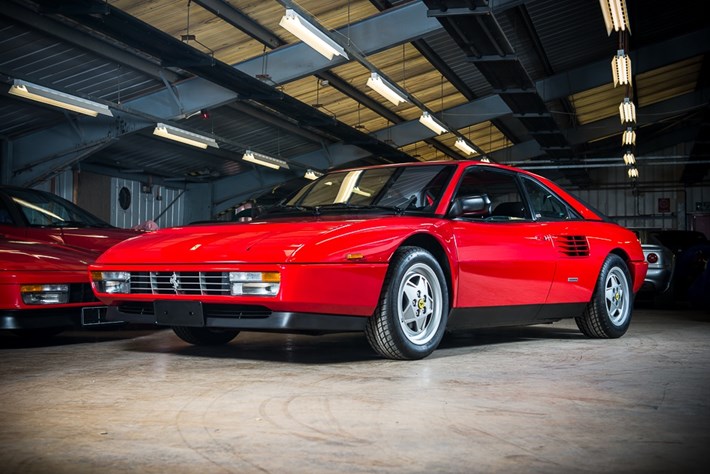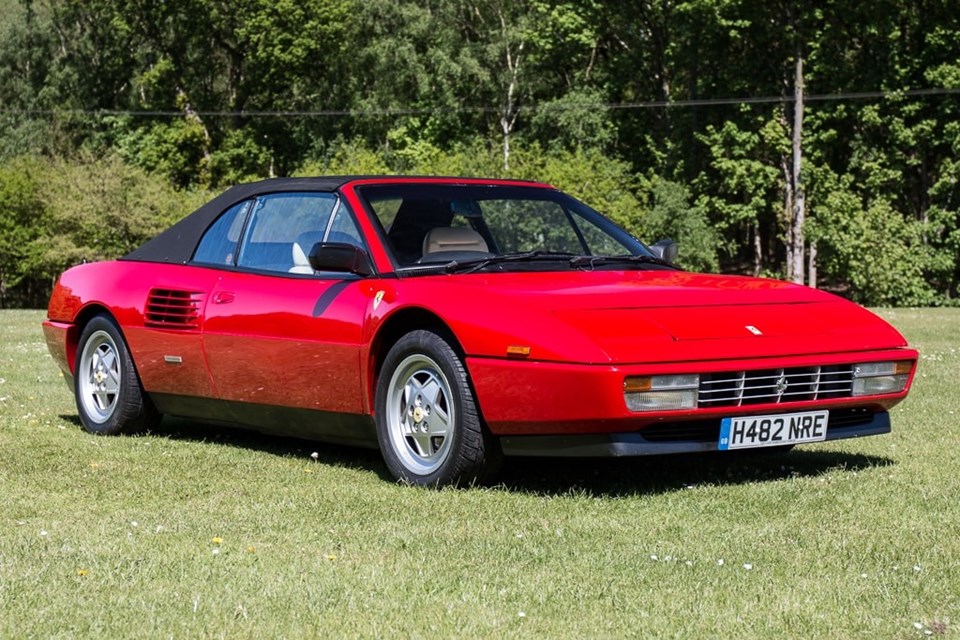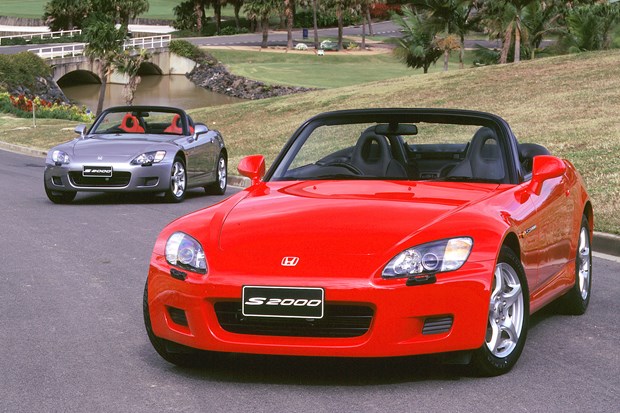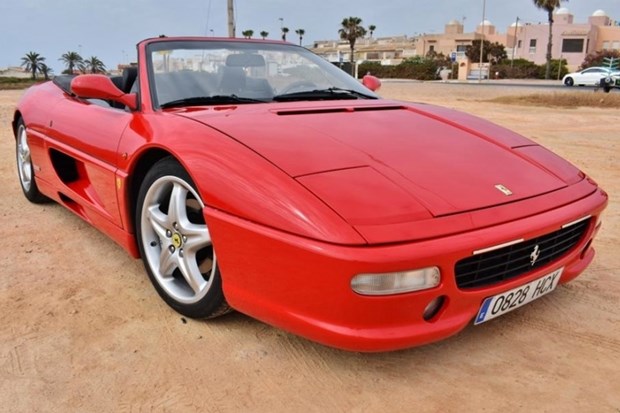
Overview
The first thing most people remark on when seeing a Ferrari Mondial for the first time is how odd its proportions look, and in truth, it certainly lacks the visual flair of its stablemates from the 1980s, yet underneath the Pininfarina-designed 2+2 coachwork are all the right ingredients that make this unique sportscar just as engaging to drive as any of its contemporaries.
Starting off with a rather lacklustre 157kW engine from the emissions-strangled 308GTSi, the Mondial 8 didn’t make the best impression, thankfully it was continually updated in line with the two-seater V8s on offer at the time and, aside from that first variant, was a strong performer throughout.
The sweet spot in the range can be found in the Quattrovalvole and 3.2-litre models produced between 1982 and 1988, these earlier cars allow servicing of the timing belt and clutch without the engine needing to be removed and offered between 177 and 199kW, well up on the meagre output of the early Mondial 8.
With the introduction of the Mondial t in 1989, a number of important changes took place. Power was now up to 221kW thanks to a 3.4-litre V8, while the gearbox was transversally mounted, just like in the newly released 348. Exterior styling as well as the interior trim received a welcome upgrade too. One drawback of this layout was that these cars required the engine and transmission to be removed to access various serviceable items. The clutch however was now mounted at the rear making replacement a far less labour-intensive prospect. The added complexity of the later cars can increase the running costs and that is why some owners prefer the slightly earlier models.
With just over 6,000 units produced over the 13-year production run, there are a decent number of cars still out there and the addition of those two rear seats makes these ‘80s Ferraris rather unique, the convertible variants remain the only cars with a mid-engined four-seater configuration ever built.

What To Buy
The Mondial may no longer be a budget-priced entry into Ferrari ownership but it still trails its two-seater contemporaries like the 308/328/348 models, despite having the same mechanicals.
There is not much wrong with a well-kept Mondial 8 but the more powerful variants that followed it definitely have strong appeal. The 221kW Mondial t offers strong performance along with strong pricing, that is why a QV or 3.2 may be the better bet. They are practically as quick, and the convertibles are a great family-friendly sportscar. The latter 3.2-litre models also have a refreshed interior and from 1987-on came fitted with ABS.
Low values in the past may have seen some cars missing out on essential maintenance work so check the service history and make sure you are not going to be facing a potentially big repair bill down the road. The Mondial may never match its contemporary two-seater stablemates in the looks department but it is at least as much fun to drive and the added practicality makes it hard to beat.
Checklist
Timing belts need replacing every 50,000-km or a maximum of 3-years (Some specialists recommend longer intervals). If they break, they can cause catastrophic engine failure so make sure that the service history shows them as being done within this mileage and timeframe.
Post-1989 Mondials require the engine and (transversally mounted) transmission to be removed to carry out this service so budget for higher maintenance costs. Exhaust systems are likely to be replacement/aftermarket items on all but the most pampered low mileage examples.
The Mondial uses a largely similar five-speed manual transmission as the contemporary two-seater mid-engined V8s, the Mondial t has a transversally mounted gearbox, a layout it shares with the 348 tb. Second gear is typically hard to engage until the ‘box is warm.
The suspension and braking system is not particularly troublesome and most issues can be traced to tired shocks or worn rubber bushes. ABS was introduced during 1987, evidenced by concave wheels as opposed to the convex units on earlier cars. Cars still on the old metric wheels are not cheap so check whether they have been swapped over to the more common 16-inch wheels which all 3.4-litre models and some 3.2-litre cars came with as standard.
Electric windows operate very slowly on all model years and there is not much that can be done to speed them up bar bypassing the fusebox and running the wiring straight to the battery.
Upgrading the old air conditioning system using an R134A conversion kit makes for far cheaper refills and it is worth checking if the car you are interested in has had this upgrade carried out.
The electrical system can suffer from corrosion at the contacts over time. There are many guides online on how to resolve minor issues however it is usually best to leave the electrics to a specialist as making mistakes here can cause a lot of headaches.
Production History
1980: Mondial 8 introduced featuring 2+2 coupe body style and 157kW 2.9-litre V8 shared with 308 GTBi
1982: QV – Quattrovalvole introduced pushing power up to 177kW
1983: Cabriolet body style option added. Making this the only mid-engined, four-seater convertible ever made
1985: Mondial 3.2 introduced with 199kW. Major interior update carried out as well as restyled bumpers and lights
1987: ABS introduced across the range
1989: Mondial t Coupe and Cabriolet introduced with major changes both inside and out
3.4 litre engine replaces 3.2 unit pushing power up to 221kW and gearbox now mounted transversally. ‘Valeo’ semi-automatic option made available and power-assisted steering introduced
1993: Final Mondial rolls off the production line
Specifications (Mondial QV)
Engine: 2.9-litre dohc V8
Power: 177kW
Top Speed: 240km/h
0-100kph: 6.6sec








